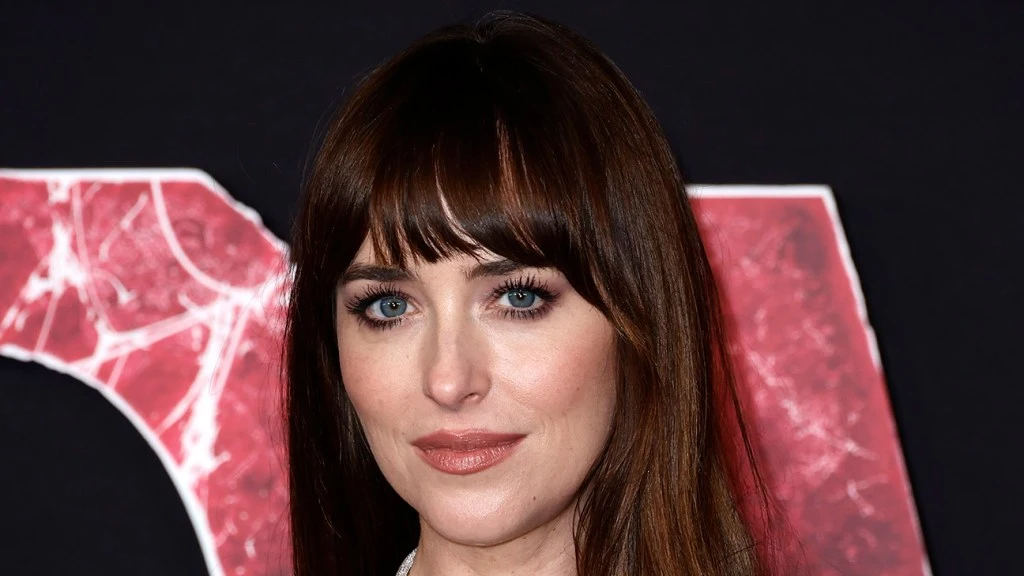“It’s so hard to get movies made, and in these big movies that get made — and it’s even starting to happen with the little ones, which is what’s really freaking me out — decisions are being made by committees, and art does not do well when it’s made by committee,” she added. “Films are made by a filmmaker and a team of artists around them. You cannot make art based on numbers and algorithms. My feeling has been for a long time that audiences are extremely smart, and executives have started to believe that they’re not. Audiences will always be able to sniff out bullshit. Even if films start to be made with AI, humans aren’t going to fucking want to see those.”


muhfuggin goalposts
I guess? Do you consider $45 million a big budget film? That’s a lot of money for a person, but for Hollywood it sounds like a pretty safe investment. To put it better into perspective and ensure that inflation isn’t the driving factor of Hancock costing so much more than Blade: Batman and Robin released a year before Blade and had an estimated budget just shy of $160 million.
At $48 million, 1989’s Batman was still budgeted $3 million more than Blade 6 years later.
$100 million is frequently thought of as the cutoff for a big-budget film, but obviously, subjective things have wide ranges. But case in point, Batman Returns had a budget of $80 million and Tim Burton still was mostly in creative control, but feeling some pressure from the studio. Batman Forever was budgeted $100 million and was when the studio suddenly shoved their grimy hands into the creative soup and fucked things up for everyone.
I’m not sure I agree that I moved my goalposts since I very specifically mentioned gritty, superhero, starring, and big budget. Yes, that’s a very narrow focus, but these types of movies are most analyzed by annoyingly specific people.
Okay.